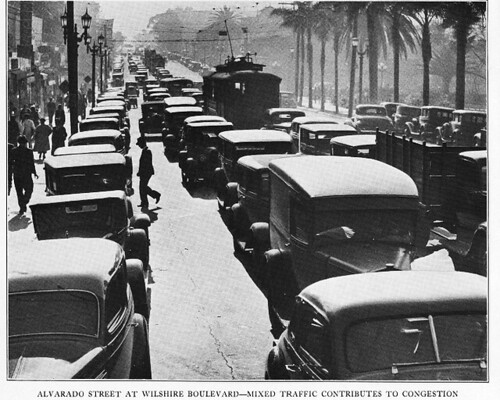Voters in Santa Clara, Santa Cruz and Monterey Counties approved sales tax increases to provide local funding for transportation, while Contra Costa County voters rejected their county’s proposed tax to fund transportation improvements.

With declining gas tax revenues and a history of the state seizing certain local revenues to cover state funding shortfalls, 11 counties throughout California put sales tax measures on the ballot to fund transportation projects. Santa Clara Measure B and Santa Cruz Measure D will raise county sales taxes by half a cent beginning next April, while Monterey County Measure X adds a 3/8 cent sales tax. Each of these measures generates funding for highway expansion and local road maintenance, and bicycle facilities. A portion of the tax revenue in each of these measures is also reserved for senior and disabled lifeline transportation services. Santa Clara County’s tax will also fund transit operations and Phase II of BART’s expansion into the South Bay, which includes stations at Alum Rock, downtown San Jose, Diridon Station and Santa Clara.
Perhaps a little paradoxically, Monterey County residents voted to ban fracking even as they voted for a plan in which four of every five dollars will be spent to increase road capacity throughout the county. The San Ardo oil field in Monterey County produces about 20,000 barrels of crude per day.
BART District voters approved the $3.5 billion bond measure RR, which BART says will be used to replace and repair infrastructure such as tracks, tunnels, and the electronics used for train operations.
Alameda County voters also approved the continuation of the existing parcel tax that funds transit operations.
San Francisco voters approved Proposition J, which directs the city to set aside $150 million a year from for services to the homeless and transportation improvements. Voters, however, rejected Proposition K, the sales tax measure that would have provided the funds required to fund Prop J projects.
Elsewhere…
Los Angeles County approved Measure M for transportation, with the lion’s share going to bus and rail operations, and zip for highway expansion. Measure M has been well covered elsewhere in mainstream news media and throughout the alt-media blogosphere.
Voters in Stanislaus County approved Measure L for road improvements. 50% goes for local road maintenance, 28% is set aside for “regional projects” (mostly large highway projects, but lifeline transit service falls under this category too), 10% for “traffic management” (i.e. congestion relief, which for Central Valley planners mostly means intersection Level of Service “improvements”), and 5% for pedestrian and bike projects.
Merced County also approved their transportation tax measure, Measure V. 44% will go for “regional projects” (mostly highway expansion, but bus rapid transit and passenger rail are also listed as possible projects), 40% to local projects (road maintenance, etc), 10% for “local alternative modes” (e.g. sidewalks and bike trails), and 5% is dedicated to transit projects.
Self-help transportation taxes failed in Sacramento (Measure B), Ventura (Measure BB), San Luis Obispo (Measure J), San Diego (Measure A), Placer (Measure M), and Humboldt (Measure U) Counties.
The parcel tax extension was in the Alameda-Contra Costa Transit District, theWestern parts of Alameda and Contra Costa Counties.
–Chris Peeples —
AC Transit Board President